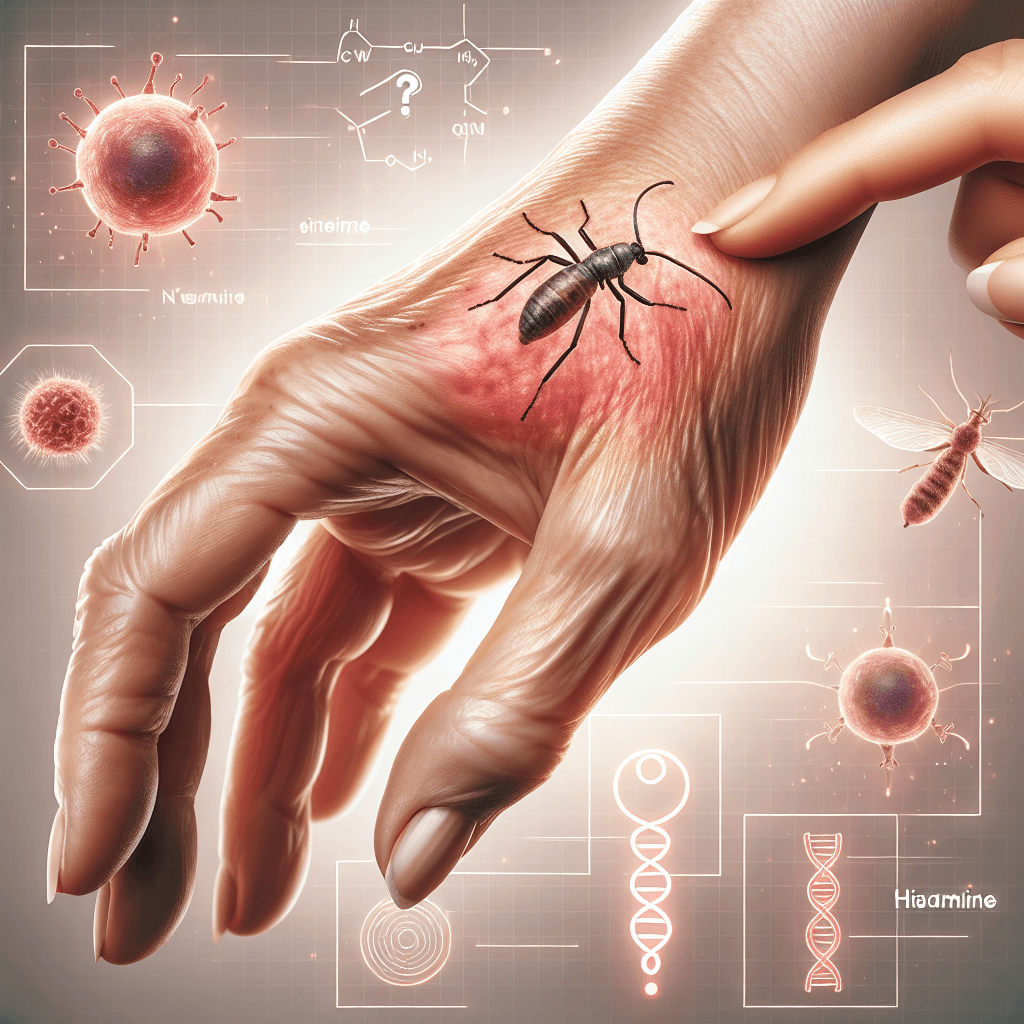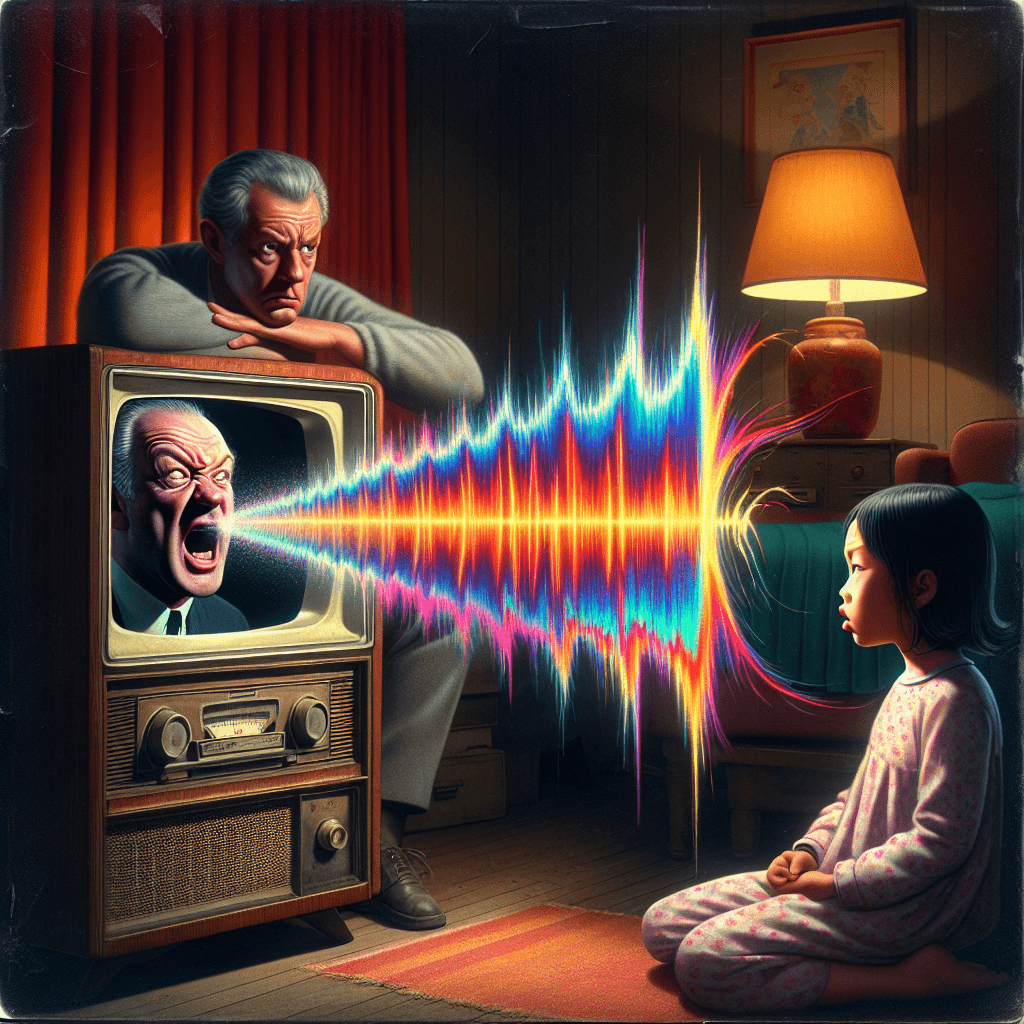Why does making an X on a bug bite temporarily stop the itch
That 'X' you press into a bug bite isn't just a myth—it's a clever neurological trick that uses pain to temporarily silence the maddening itch signal to your brain.


Too Long; Didn't Read
TLDR: Pressing an X on a bite creates a mild pain signal. This new sensation overwhelms your nerves and distracts your brain, temporarily blocking it from processing the itch signal.
The Science Behind the 'X': Why Does Making an X on a Bug Bite Temporarily Stop the Itch?
It’s a ritual many of us learned in childhood. The moment you feel that maddening, persistent itch from a mosquito bite, you instinctively use a fingernail to press a firm “X” onto the swollen red bump. For a fleeting moment, you get sweet, sweet relief. But have you ever stopped to wonder if this common folk remedy is just a placebo, or if there's real science behind it? Why does making an X on a bug bite temporarily stop the itch? The answer is a fascinating trick your nervous system plays on itself. This post will delve into the neurological reasons behind this quick fix and explore why the relief, unfortunately, is always short-lived.
The Source of the Itch: A Histamine Reaction
Before we can understand the solution, we must first understand the problem. When a mosquito bites you, it isn't just taking blood; it's also injecting its saliva into your skin. This saliva contains proteins and anticoagulants that prevent your blood from clotting.
Your immune system recognizes these foreign proteins as a threat and springs into action. It releases a chemical called histamine. This compound is a key player in your body's inflammatory response. Histamine causes your blood vessels to dilate, leading to the characteristic swelling, redness, and—most importantly—the intense itching sensation associated with a bug bite. The itch is essentially a signal from your body telling you that something is amiss.
Overriding the Signal: The "Gate Control Theory" of Pain
The secret to the "X" method lies in a well-established scientific concept known as the Gate Control Theory of Pain. First proposed in 1965 by researchers Ronald Melzack and Patrick Wall, this theory suggests that your spinal cord has a neurological "gate" that controls which sensory signals get through to your brain.
Think of it like a bouncer at a club with a one-in, one-out policy. Not all signals can get through at once. Sensory information travels along different types of nerve fibers:
- Itch and dull pain signals are transmitted along thin, slow C-fibers.
- Pressure and sharp pain signals are transmitted along thicker, faster A-delta fibers.
When you press your fingernail into the bite to create an "X," you are creating a new, more intense sensation: pressure and mild pain. These signals travel along the faster A-delta fibers. Because they are faster and more intense, they effectively "win the race" to the neurological gate in your spinal cord. The gate is flooded with these new pain and pressure signals, which temporarily blocks the slower, weaker itch signals from reaching your brain. Your brain is essentially distracted by the new stimulus, and for a moment, the itch disappears.
The Downside: A Temporary Fix with Real Risks
While scientifically sound, the "X" method is nothing more than a temporary distraction. You haven't done anything to address the underlying cause—the histamine is still present in your skin, and the inflammatory response continues. As soon as the pain from the "X" subsides, the neurological gate reopens, and the slow-traveling itch signals will once again make their way to your brain.
More importantly, this method comes with risks.
- Risk of Infection: Pressing hard with a fingernail can break the delicate, inflamed skin. This creates an open wound, providing an entry point for bacteria from under your nails and on your skin, which can lead to a secondary infection.
- Increased Inflammation: Damaging the skin can trigger an even greater inflammatory response from your body, potentially making the bite more swollen, painful, and even itchier in the long run.
- Scarring: Repeatedly digging into a bite can damage the skin tissue and lead to scarring.
Conclusion
The age-old practice of making an "X" on a bug bite is not just a myth; it's a real-world example of the Gate Control Theory in action. By creating a competing sensation of pain and pressure, you temporarily overwhelm your neural pathways and block the itch signal from reaching your brain. However, this relief is fleeting and comes with genuine risks, such as infection and increased inflammation. While it’s a fascinating look at how our nervous system works, it’s not a recommended treatment. For safer and more effective relief, it’s best to stick to clinically-proven remedies like applying a cold compress, using an over-the-counter hydrocortisone cream, or an oral antihistamine to calm the underlying reaction.


